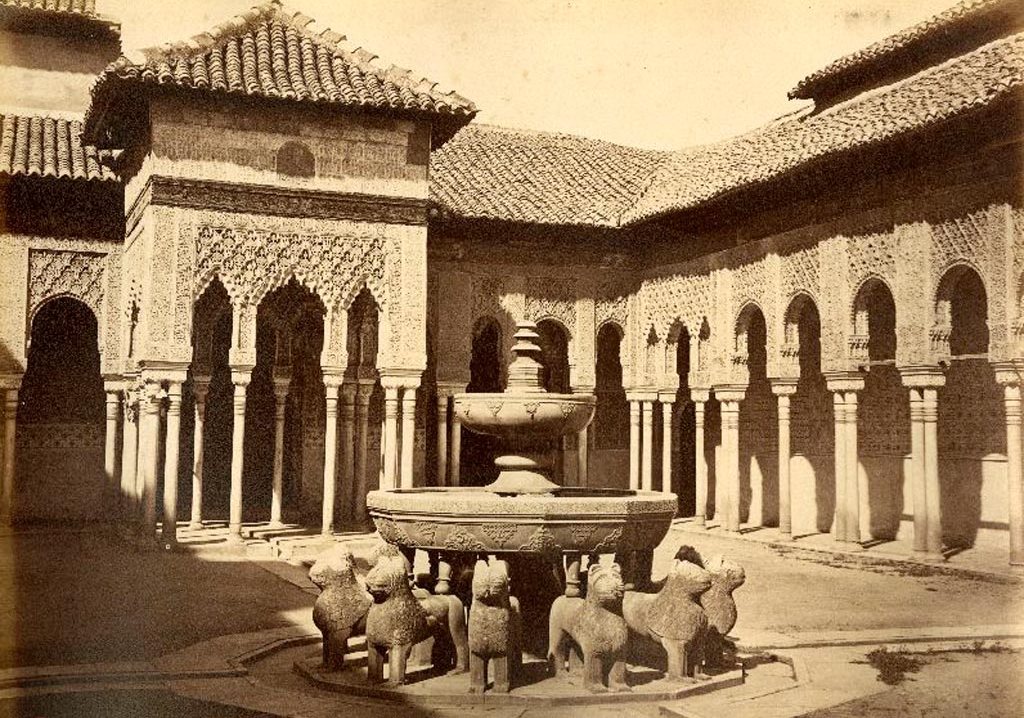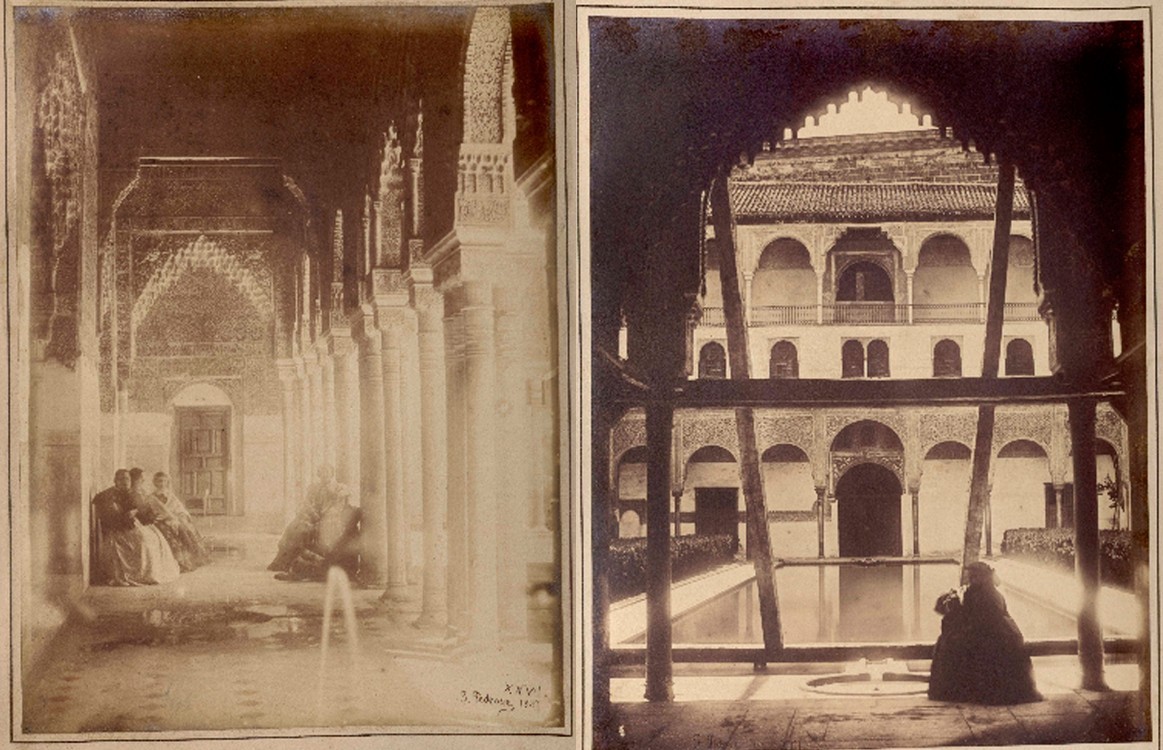Declaration as a national monument: the seed of the modern Alhambra
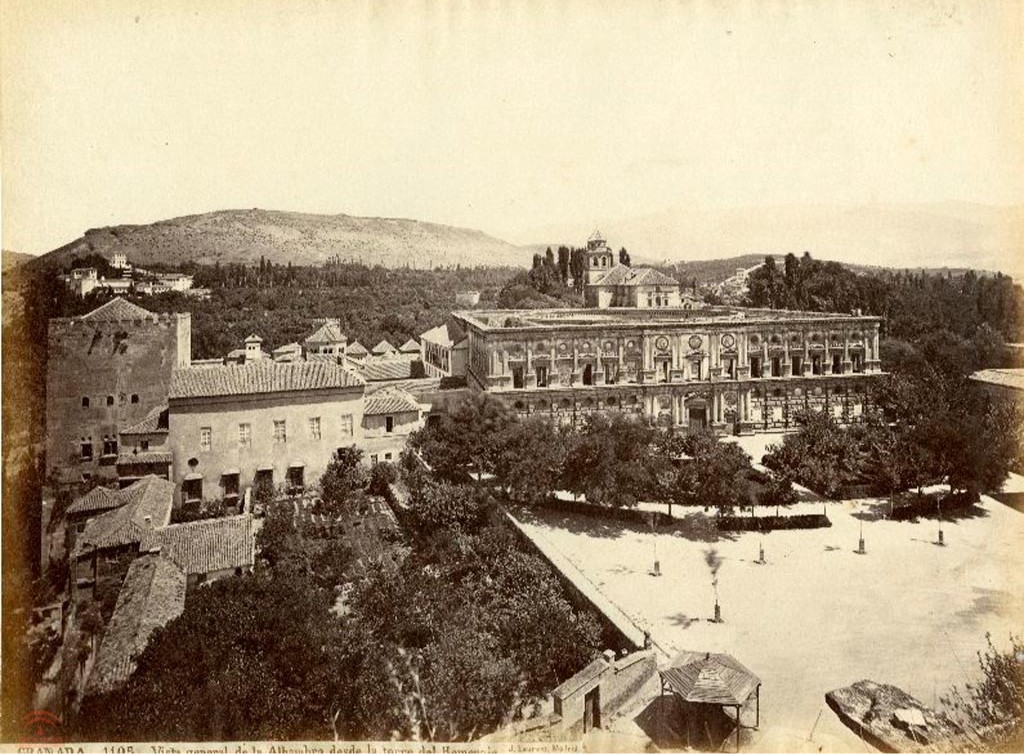
The declaration of the Alhambra as a national monument in 1870 was a decisive moment in guaranteeing the conservation and protection of the entire heritage complex. It was a kind of definitive reflection on the importance of safeguarding the historical, artistic, architectural and cultural legacy that the Arab presence had left in Granada. The process of transferring ownership from the Crown, to which the Alhambra had belonged since 1492, to the State was as exceptional as the property to be conserved. This was because the Alhambra fulfilled two unprecedented conditions that forced the governing institutions into a complicated bureaucratic and legislative puzzle. The first was that it encompassed an extensive heritage that went beyond the Nasrid palace and included agricultural estates, gardens and other historic buildings. On the other hand, it was a secular property – the first of its kind to be declared a monument in Spain – that belonged directly to the Crown.
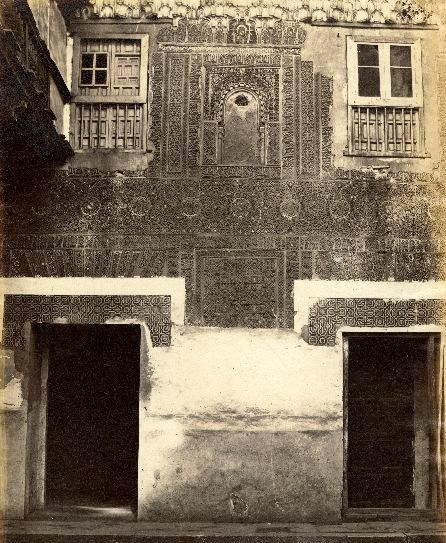
These peculiarities, together with the new political scenario that arose after the revolution of 1868, made the Alhambra a mirror in which other Spanish heritage assets later saw themselves reflected and it set a valuable precedent when it came to establishing the type of state management.
The Alhambra’s new status as a national monument guaranteed a more solid and secure future because it obliged the State to exercise ownership of the property and allocate its own funds for the conservation and maintenance of the heritage complex; this was the seed that led the Alhambra to later become a cultural and tourist emblem.
A direct consequence of being declared a monument, and the State’s resulting commitment, was that important interventions were carried out throughout the 20th century. These works were driven by Leopoldo Torres Balbás, among others, and he is considered to be the father of the modern Alhambra.
An Alhambra that other Spanish monuments looked upon once more, this time to admire – and imitate – its management in the field of conservation and restoration. The preventive conservation strategy carried out from the 20th century to the present day is based on respect for authenticity and on making its maintenance compatible with the cultural and tourism use of the complex of monuments.
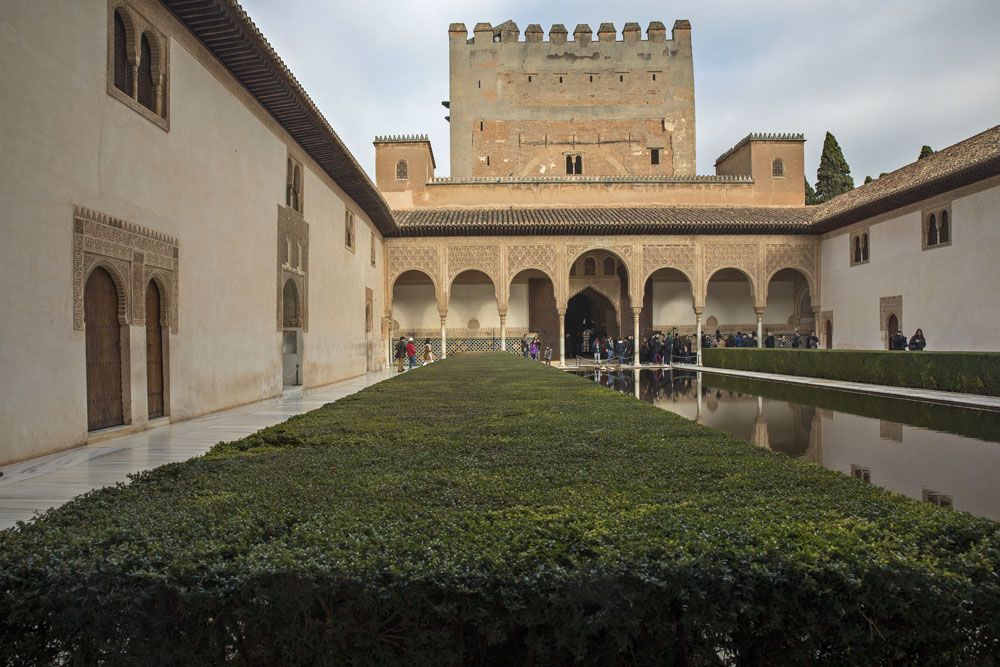
This model of “preventive, integrated and sustainable” conservation has made the Alhambra an international benchmark for preservation that is compatible with the cultural enjoyment of the monument. This management was rewarded when the Alhambra and the Generalife were officially included in the UNESCO World Heritage List in 1984, and this designation was extended ten years later to the Albayzín neighbourhood.
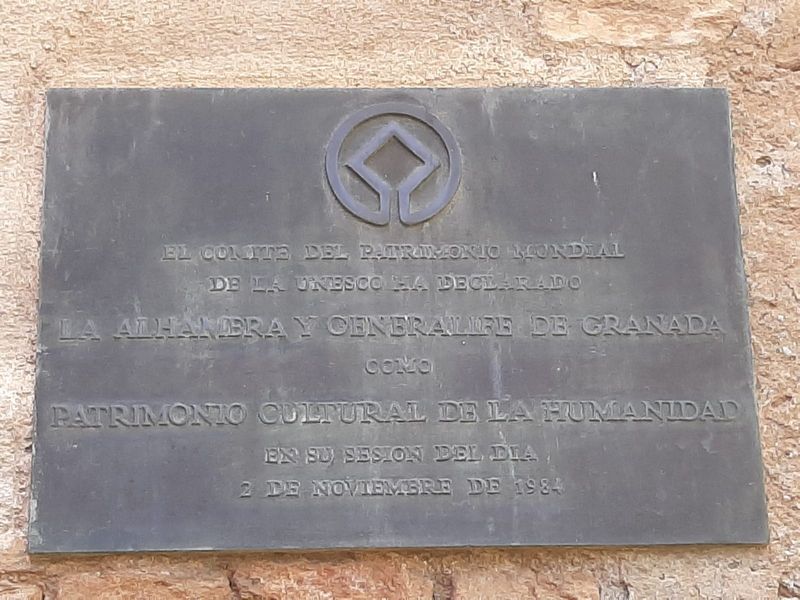
The commemoration of the 150th anniversary of the declaration of the Alhambra as a national monument is not, therefore, a simple reminder of an honorary title, but the celebration of a historic moment in which awareness was raised of the need to preserve the rich legacy that Granada left to the world.
Bibliography:
Piñar Samos, Javier. ‘De Alcázar Real a Monumento Nacional. La definición del Monumento Alhambra: cuatro largos años de incertidumbre (1868– 1872)’. ‘Monumento y Modernidad 1868— 1936)’ Exhibition catalogue





 Contact
Contact






